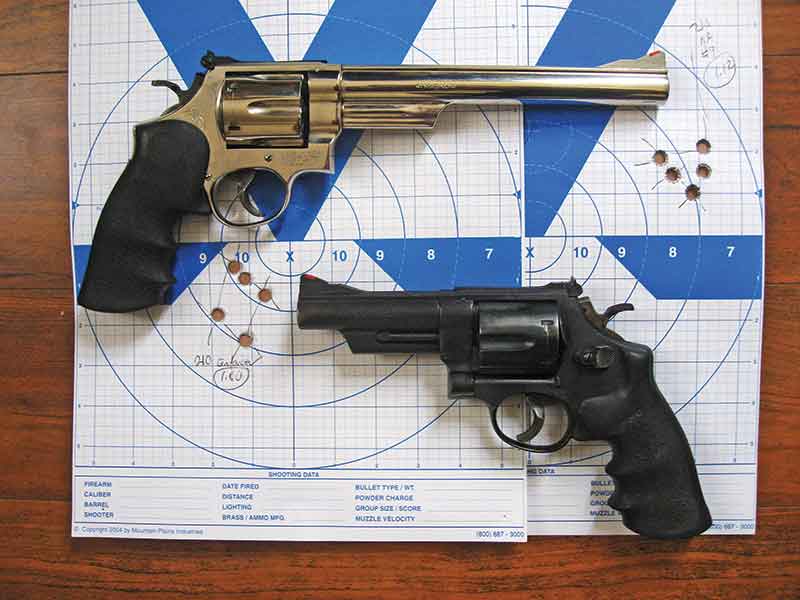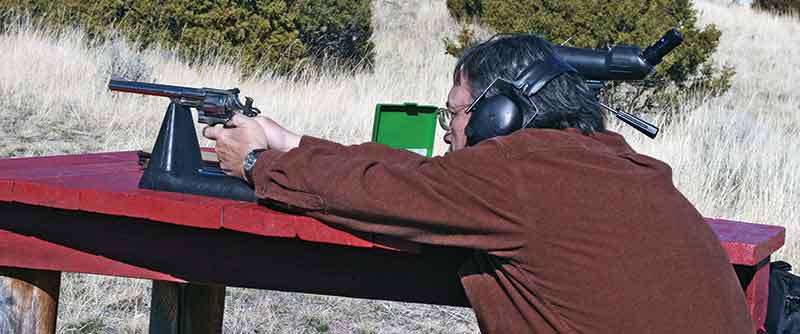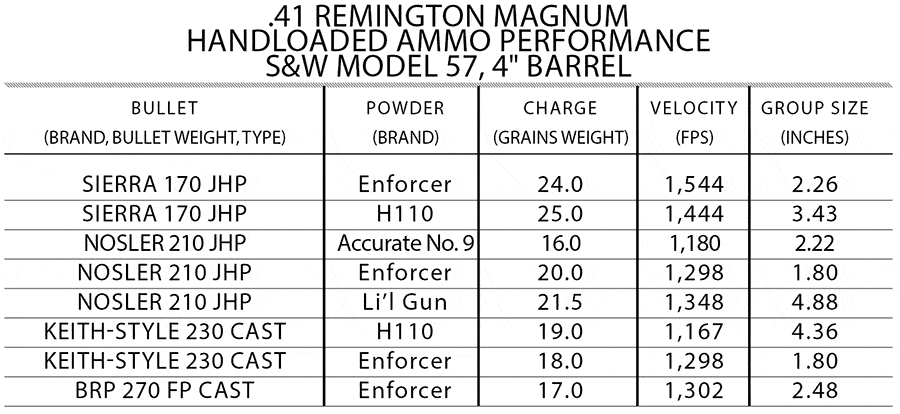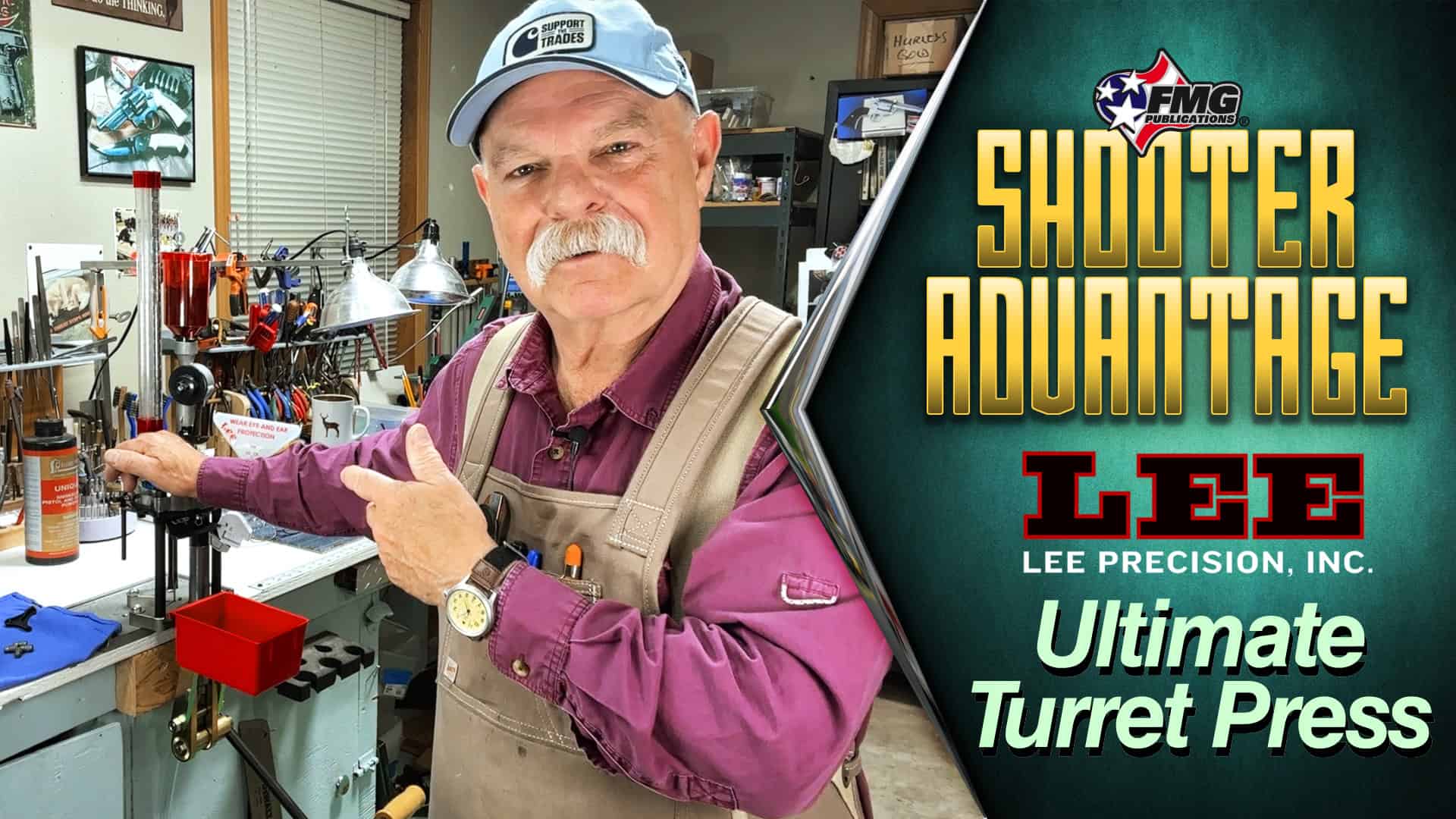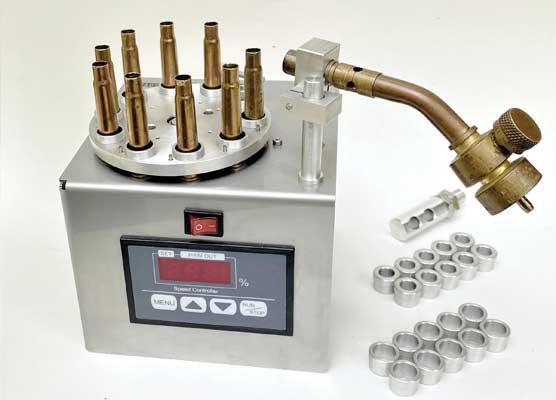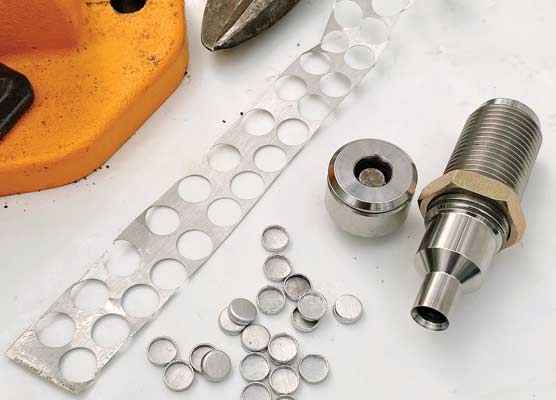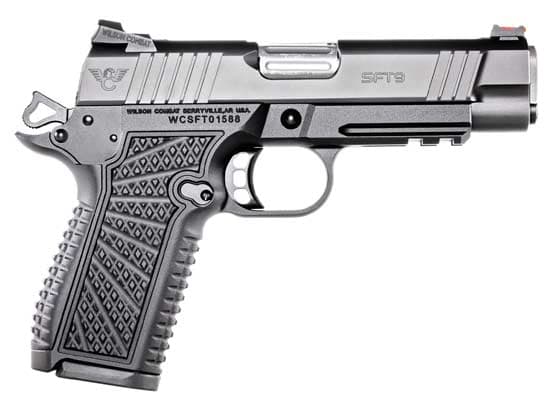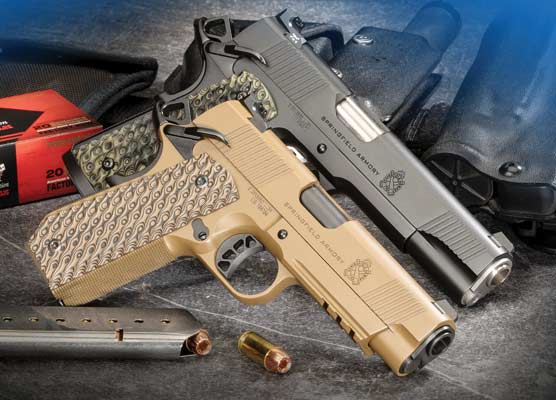The .41 Remington Magnum
This in between powerhouse endures
The .41 Remington Magnum is in many ways the handgun equivalent of the .280 Remington and 16 gauge, a cartridge regarded by a relatively few True Believers as a perfect combination of ballistics and recoil. Like the .280 and 16, the .41 refuses to die, but all three rounds lag far behind the popularity of the dominant cartridges in their categories, the .44 Remington Magnum, .270 Winchester and 12 gauge.
While most 21st-century shooters remember Elmer Keith as the father of the .41 Magnum, other notable handgunners also had a part in its 1964 introduction, including Bill Jordan and Skeeter Skelton. The .41 was originally conceived as the perfect law enforcement round, more effective than the .38 Special and .357 Magnum then used by most American police departments, but more controllable than the .44 Magnum, considered the world’s most powerful handgun cartridge even nine years after its introduction in 1955.
The public’s fascination with the power of the .44 affected the success of the .41. Even the so-called “police” load produced by Remington, a 210-grain cast bullet at 1,050 feet per second, produced about twice the recoil of the typical .38 Special service load. The “hunting” load was a 210-grain bullet at 1,500 fps, developing over 1,000 foot-pounds of muzzle energy, and nearly the same recoil as the 240-grain “Hi-Speed” load of the .44 Magnum.
Too Big And Heavy
Also, Smith & Wesson chambered the .41 in the same large N-frame as the .44 Mag, calling it the Model 57. Instead of being somewhere between S&W’s smaller K-frame revolvers chambered for the .38 Special and .357 Mag and the .44 Model 29, the Model 57 weighed slightly more than the Model 29, due to the smaller hole in the barrel, so didn’t have any advantage as a carry revolver.
One of the oldest rules of breechloading firearms is there’s only so much space in any given cartridge category, and sales of the .41 lagged far behind the .44. Like devotees of the .280 and 16, the .41’s True Believers keep pointing out why this shouldn’t be so, citing small advantages in ballistics, including saying it shot flatter than the .44, a claim that originated with Elmer Keith.
Keith took a Model 57 along on a polar bear hunt, and he and his guide used the .41 to collect meat caribou. His published story pointed out the flatter trajectory of the .41. But if we run the numbers of 1964’s full-power 210-grain .41 and 240-grain .44 factory loads through Sierra’s Infinity ballistics program, using a zero range of 50 yards, we find the .41 only .3″ flatter at 150 yards—a long distance to be shooting at any big game animal with an iron-sighted revolver. With today’s factory loads the .44 shoots flatter, given equal bullet weights, even beyond 150 yards.
Please don’t take this wrong. My first handgun larger than a .357 Mag was a S&W Model 657, the stainless version of the 57, with a 6-1/2″ barrel. It was purchased new in 1989 as an all-around handgun for hunting big game, plus carrying as an emergency sidearm in Montana’s backcountry. The 657 shot very accurately, with a couple of loads grouping five rounds into around 2″ at 50 yards, not 25, partly because the trigger broke incredibly cleanly at around 3 pounds. Eventually I ended up owning two other .41s, a Ruger Blackhawk with 7-1/2″ barrel, and Thompson/Center Contender with a 10″ barrel. Both shot very well too.
New Competition
The 657 served its intended purposes over a decade or so, but eventually I grew weary of carrying 3 pounds of steel even when riding a horse. It also didn’t seem to kick a heck of a lot less than my friends’ .44 Magnums. Expanding handgun bullets had also improved enormously, making the .357 Mag a more definite self-defense round, and a number of single-action shooters had started heating up the old .45 Colt in new revolvers, with modern brass and heavier bullets. The .41 was not only competing with the .44 Magnum but the .45 Colt.
With .44 Magnum and .45 Colt components available in any Montana sporting goods store, I’d also grown weary of trying to find .41 Magnum brass and jacketed bullets. After accumulating a diverse collection of other revolvers, including a Taurus .44 Magnum with a 3″ barrel and a Ruger Blackhawk .45 Colt with a 7-1/2″ barrel, I sold my .41s and their reloading stuff.
Not too long thereafter, of course, the editor of GUNS asked for a handloading column on the .41. After putting an ad for a used .41 in the classified section of the popular Internet chat-room .24hourcampfire.com, but apparently the True Believers had driven up the price of .41s over the past few years.
Luckily, a couple of Montana friends, Kirk Stovall and Billy Stuver, saw the ad and offered to loan me their .41s and some fired brass. Both guns were S&W 57s, Kirk’s nickel-plated with an 8-3/8″ barrel, Billy’s a blued 4″ model. Both had the same great trigger pull as my departed 657, testing right around 3 pounds on a Timney trigger scale. Kirk offered the use of his RCBS dies, and Billy also provided some cast 230-grain bullets. Jacketed bullets were accumulated from several companies, and another 24hourcampfire guy, Ed Musetti, sent some BRP 270-grain cast bullets.
After a search through current data, nine loads were selected for testing. The original plan was to stick with newer powders, but H110/W296 turned up so often in the search it had to be retried. (They’re the same powder in different canisters.)
The first 25-yard group with Kirk’s nickel-plated .41, 16.0 grains of Accurate No. 9 and the 210-grain Nosler jacketed hollowpoint, was very reminiscent of my 657. Five shots went into barely over an inch! Not all the bullet/powder combinations shot as well, of course, but overall both revolvers shot very accurately.
Most .41 Magnums do shoot extremely well. One theory is that since .41s aren’t cranked out like .44 Magnums, the chambers, throats and overall alignment tend to vary less. The .41 also recoils slightly less than the .44 Magnum or a hot-loaded .45 Colt, while still providing sufficient power for most revolver tasks. By the end of the tests I was starting to believe again!
Subscribe To GUNS Magazine
